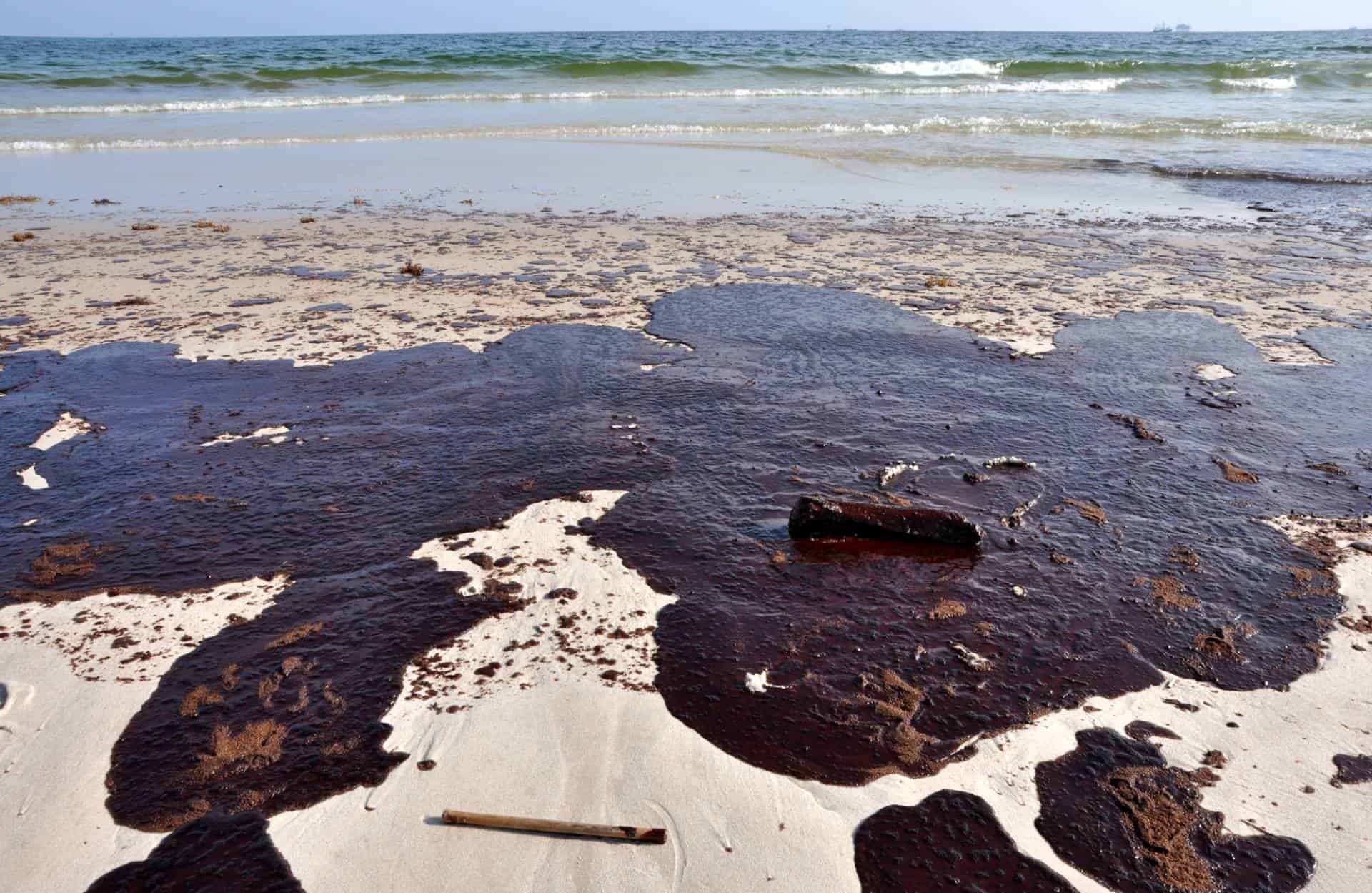
Tanker Oil Spill
Sadly there have been so many major spills that it would be too exhaustive to list. However, a precedent was set when by the shipwreck of the Erika off Brittany in 1999 which leaked 13,000 tons of heavy diesel. The Internation Maritime Organization and its 162 members finally established a template for future shipping companies to adhere to. Most notably, single hull tankers will be ruled out permanently in the future.
In fact, it is estimated that annually more than one million tons of oil are being released into the world’s oceans each year. Despite these atrocities there seems little organizations like the World Wildlife Fund or The Friends of The Earth can do until corporate interests are set aside. The most disastrous spills in European history are listed below:
- Amoco Cadiz -227,000 tons in France 1978
- Haven -140,000 tons of oil in Italy 1991
- Torrey Canyon -119,000 tons of crude in Scilly Isles (UK) 1967
- Urquiola -108,000 tons in Spain 1976
- Independenta -93,000 tons in Turkey 1979
- Braer -85,000 tons in the Shetland Islands (UK) 1993
- Jakob Maersk -80,000 tons in Portugal 1975
- Aegean Sea -72,000 tons in Spain 1992
- The Sea Impress -60,000 tons in Milford Haven, Wales (UK) in 1996
Note: The following tables reflect some degree of subjective judgment and are taken largely from passenger feedback. Trying to compare European locations is much like comparing apples with oranges. That’s my disclaimer. OK!
The Prestige oil spill, which occurred off the coast of Spain in 2002, stands as one of the worst oil spills in Europe, marking a dark chapter in environmental history. The disaster unfolded when the Prestige, a tanker carrying a cargo of 77,000 tons of crude oil, suffered damage during a storm, leading to an oil slick that spread across the region. The vessel, already leaking oil, eventually split in two, releasing an enormous quantity of oil into the sea. This catastrophic event is remembered as one of the worst oil spills due to the extensive environmental damage it caused, highlighting the fragility of marine ecosystems in the face of such disasters.
The Prestige oil spill, for instance, is remembered as one of the worst environmental disasters in Europe. On 13 November 2002, the Prestige, a 26-year-old large crude carrier, faced a storm that damaged its hull, causing it to begin leaking heavy fuel oil off the Galician coast in northwestern Spain. Despite efforts to contain the spill, over 63,000 tonnes of heavy fuel oil were spilled into the sea, polluting thousands of miles of coastline and causing severe ecological and economic damage. The disaster not only affected marine life but also had a profound impact on the local fishing industry, with oil washing up on the beautiful beaches of Galicia and beyond.
Similarly, the Exxon Valdez oil spill in 1989 is another stark reminder of the potential for human error to cause widespread ecological disaster. After the oil tanker hit a reef in Prince William Sound, Alaska, it spilled hundreds of thousands of barrels of crude oil, resulting in one of the biggest oil spills in history. The cleanup efforts were immense, with thousands of volunteers working to mitigate the environmental damage, which included oil pollution affecting wildlife and the pristine Alaskan coastline.
These disasters underscore the fragility of our environment and the need for stringent measures to prevent oil pollution. The Prestige and Exxon Valdez incidents highlight how oil spills can devastate ecosystems, from the open sea to the coastline, affecting not just marine life but also the livelihoods of communities dependent on these environments. The long-term environmental damage, including the oil still present in some areas, serves as a cautionary tale of the worst ecological disasters humanity has faced.
Efforts to clean up after these spills have involved a massive mobilization of resources, including deploying spill response teams and utilizing technology to try to recover the spilled oil. Despite these efforts, much of the oil sank or became emulsified with water from high waves, making it difficult to recover and exacerbating the scale of the disaster. The legal and financial aftermath saw attempts to compensate for the damage, with claims reaching millions of euros, though no amount can fully restore the lost natural beauty and ecological balance.
The environmental impact of these oil spills continues to be felt years after the events. The marine oil spill caused by the Prestige, for example, led to long-term ecological consequences, affecting various grades of heavy fuel oil in the marine ecosystem. Legal outcomes, such as the conviction of the Prestige's captain and crew members to two years in prison for recklessness resulting in catastrophic environmental damage, highlight the serious nature of such incidents.
In conclusion, discussing the prettiest big city in the world takes on a different dimension when considering the impact of environmental disasters like oil spills. While cities can be celebrated for their skyline, cultural heritage, and natural beauty, the preservation of these qualities requires a commitment to protecting the environment from potential disasters. The lessons learned from the Prestige and Exxon Valdez oil spills serve as a reminder of the importance of safeguarding our planet's ecosystems for future generations to enjoy.










